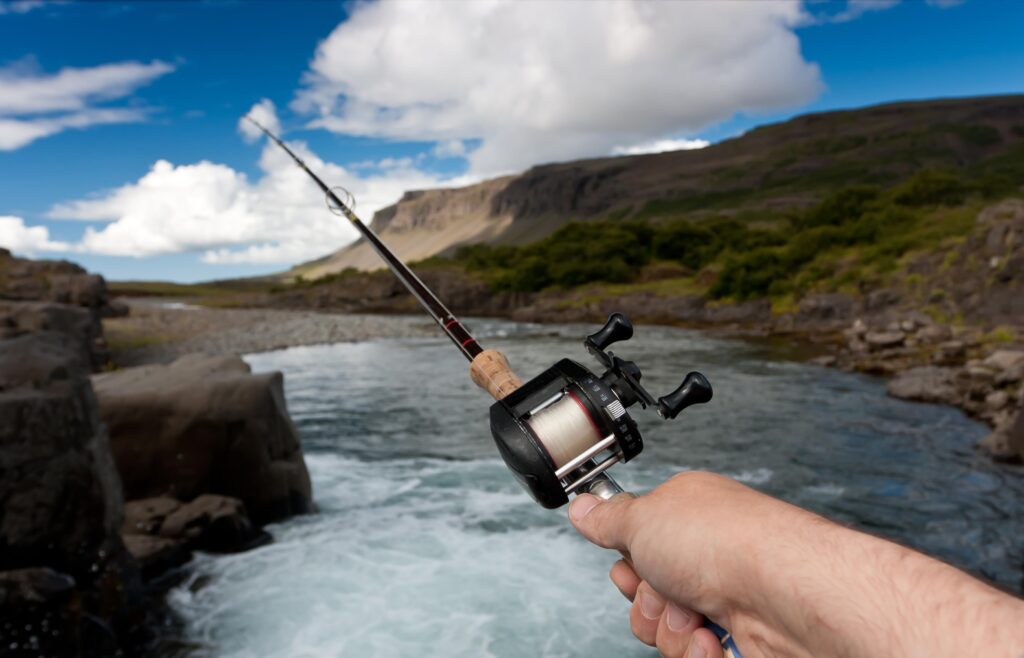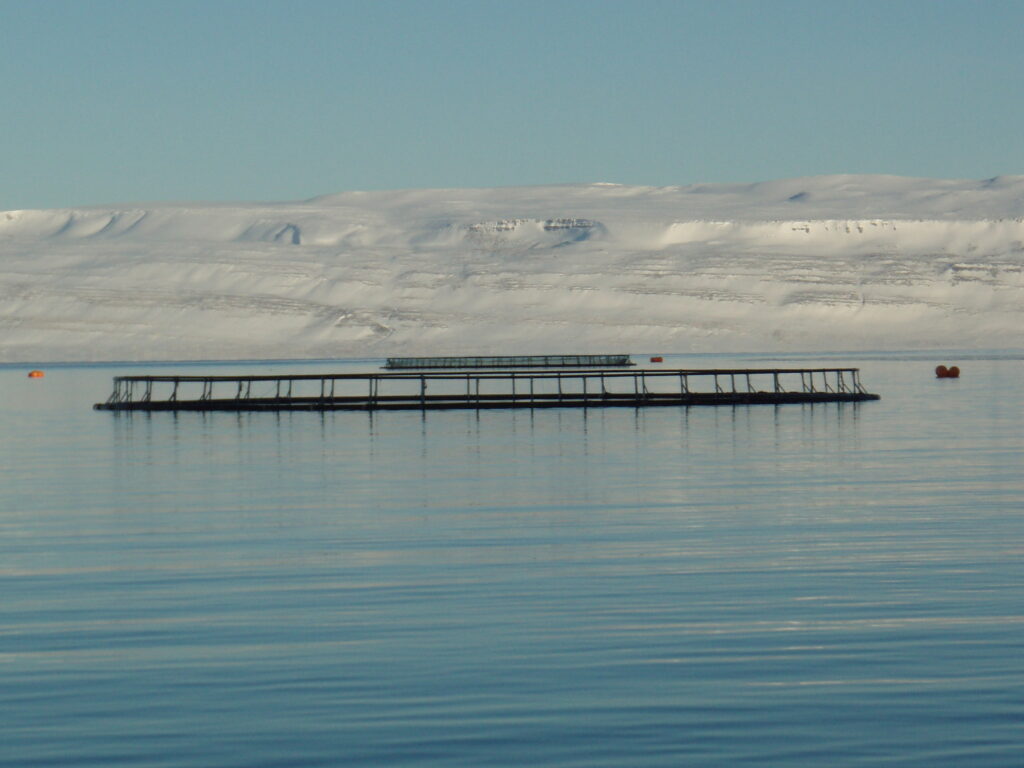The genetics group at Matís carries out, among other things, genetic analysis and research on salmon, both farmed and wild. Sæmundur Sveinsson is the head of genetics and he has looked at the life cycle of the Icelandic salmon and its genetic diversity by water area, genetic analysis of salmon from sea hog farming and genetic analysis of salmon for so-called fish farming to name a few.
Icelandic salmon stocks
It is believed that wild Atlantic salmon have been in Iceland since the end of the last Ice Age, or for about 10,000 years. The life cycle of salmon has interesting consequences on the genetics of the species, but salmon spawn in fresh water, the fry live in rivers for 2-4 years and then go to sea. Adult, sexually mature salmon then return to the same river they grew up in after a year or two at sea, to spawn. A salmon that spends one year in the sea is called a small salmon, and a salmon that spends two years in the sea is called a large salmon. This behavior of the salmon, to seek out a nursery river for spawning, is partly determined by certain genes or genes. This life cycle means that populations in rivers are quickly genetically different from each other.
The life cycle of salmon and this genetic differentiation between populations means that the origin of salmon can be traced to rivers and lakes through genotyping. Salmon in Iceland is therefore extremely diverse and there is a great deal of genetic diversity within - and between water areas.
The Institute of Marine Research worked on research on the population genetics of Icelandic salmon, in collaboration with Matís, in the years 1990-2017, which showed precisely the great genetic differences between water areas and parts of the country. It is extremely important to preserve this diversity, but overall the genetic diversity of species is declining globally. In addition to this, salmon caught in the sea, mainly as bycatch from mackerel fisheries, were traced to rivers of origin. Those analyzes revealed that most of the salmon on Iceland's coast in summer turned out to be from continental Europe and Scandinavia.
Genetic diversity is essential to the existence of species and enables them to adapt to changes in the environment. These changes can be diverse, from changes in temperature or other environmental factors to new diseases. Global climate change will undoubtedly exaggerate fluctuations in the weather here in the Arctic, and therefore it has never been more important to preserve biological and genetic diversity in Iceland's biosphere.

Brush salmon
For years, Matís has carried out genotyping analyzes of salmon. Streak salmon are fish that have escaped from sea pen farming and are then caught in rivers or the sea. Aquaculture inevitably involves the risk of farmed salmon escaping from the pens, but it is safe to say that no one wants this to happen and farm companies take various measures to prevent hatchery. In Iceland, a very efficient and good system is in place to keep track of the origin of salmon caught in rivers. It is a legal obligation to return all salmon that are caught to the Norwegian Fisheries Agency and/or the Norwegian Fisheries Agency. Matís receives a sample of the salmon for genotyping, which Hafró then uses to trace the origin of the fish, i.e. from which sea pen he escaped.
This system is based on the fact that Matís also genotypes all the broodstock used to produce fry in sea bream farming in this country. This data is used to perform paternity analyses, but all fish in a given pen have the same father, so their origin can be traced.

In August 2023, the Norwegian Food Agency, MAST, announced a large spill from a pen in Patreksfjörður. What was particularly serious about that streak was that most of the salmon caught turned out to be mature. That means the risk of serious genetic mixing is considerable. Matís received over 500 samples for analysis this fall.
Fish farming
In the fall of 2023, Matís began offering genotyping analyzes of salmon for fish farming. Fish farming refers to the raising of juveniles and juveniles and spawning from wild fish from the river in which the effort is being made to increase the number of fish and fishing. Matís' staff works very closely with the Norwegian Institute of Marine Research's experts in the organization's freshwater sector.
The Norwegian Fisheries Agency and Hafró agree that it would be very bad for salmon populations if farmed fish entered a hatchery and were used for fry or roe production. Salmon that have escaped early from a fire, i.e. when they were small, have very few visible signs of fire, and therefore it is not always possible to rely on the diagnosis of farmed salmon based on appearance. Genotyping is a powerful tool for identifying potential farmed salmon that could be included in fish farming. In autumn 2023, Matís carried out these analyzes for five fishing companies to ensure that only wild salmon would be used in fish farming.
A podcast about genetic analysis of salmon in Iceland
Sæmundur Sveinsson was an interviewer in Matvælinu, Matís' broadcast on research and innovation in food production these days. In the episode, he talks about genetic analyzes of salmon in Iceland over the years and especially the research that his professional group is currently working on. Sæmundi's song deals with these issues in an easy-to-understand and entertaining way, so it's safe to recommend listening!
The episode is available in its entirety on all major podcasts and in the player below:
